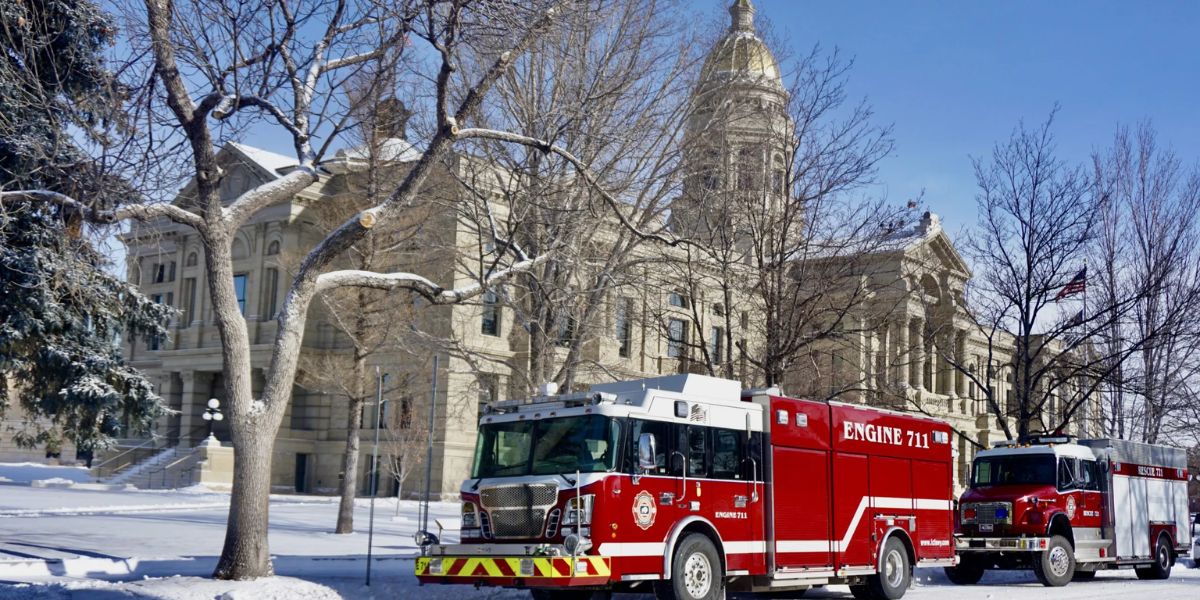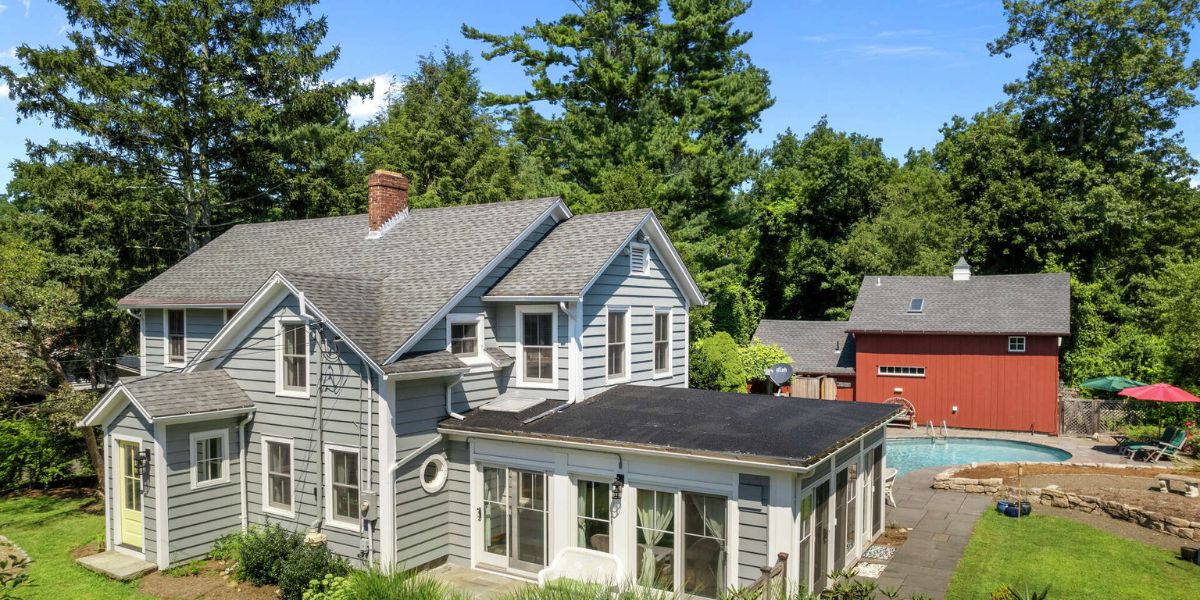As Florida braces for what the National Oceanic and Atmospheric Administration predicts will be an “above-normal” hurricane season—with up to 19 named storms expected in the Atlantic—many homeowners are watching the skies with growing anxiety. But it’s not just wind and rain they’re worried about. It’s what might come crashing down from their neighbor’s yard.
Earlier this year, Florida’s proposed Fallen Tree Act offered hope to homeowners concerned that fallen branches from their neighbor’s yard could end up damaging their property and drive up their home insurance premiums in the process.
The bill would have amounted to a liability 180 by shifting financial responsibility to the owner of a tree that causes damage, even in cases where negligence couldn’t be proven.
But just as storm season arrived, lawmakers postponed the bill indefinitely to focus on budget talks. It’s a move that leaves Florida homeowners vulnerable to the whims of their neighbors’ tree limbs.
“The Fallen Tree Act would have created a clearer line of liability by shifting responsibility to the tree owner in more cases,” says Cristina Kerr, a personal injury attorney at Bye, Goff, & Rohde. “Without it, the burden remains on the impacted neighbor to prove negligence, which can be challenging.”
For now, Floridians are still responsible for the damage if a neighbor’s tree falls on their property, unless they can prove the tree was a known hazard that was ignored. And in the middle of hurricane season, that’s not just frustrating. It’s financially dangerous.
What Florida law says right now
Florida law follows a long-standing legal principle known as the Massachusetts Rule. It offers homeowners few rights and fewer protections when it comes to trees rooted on someone else’s land.
“Florida follows what’s known as the ‘Massachusetts Rule,’ which says if your neighbor’s tree encroaches onto your property, you have the legal right to trim the branches or roots, but only up to your property line,” says Harrison Froid, an agent with Goosehead Insurance. “You can’t force your neighbor to cut it down unless it’s clearly dead or a hazard.”
But the bigger issue emerges when those trees fall through no fault of the owner, what’s often called an “Act of God.”
“If a healthy tree or limb from your neighbor’s property falls onto yours, such as during a hurricane, it’s typically your responsibility to clean it up and file a claim through your own insurance,” Froid explains.
That means unless you can prove your neighbor ignored a dead or dangerous tree, you’re on your own.
Why the Fallen Tree Act stalled—and what it would have changed
The Fallen Tree Act would have shifted responsibility to the owner of a tree that falls and causes damage regardless of whether the tree was visibly dangerous beforehand. The bill also proposed giving homeowners the right to remove parts of a neighbor’s tree that encroached onto their property, not just trim it at the property line.
Supporters saw it as a long-overdue update, especially as hurricanes grow more frequent and destructive. It was about fairness: Why should someone have to pay for damage caused by a tree they don’t own?
Critics, however, saw it differently. Insurers and legal experts warned the bill could fuel a spike in neighbor-versus-neighbor lawsuits and result in more claims against insurance companies already buckling under climate-related pressures. Others cautioned that it might discourage tree planting altogether, leading to long-term and unintended environmental impacts.
The Florida legislature shelved the bill amid state budget negotiations, leaving its future uncertain. It may be reintroduced in 2026, but that’s far from guaranteed.
For now, the status quo remains and the burden still falls on the homeowner whose property is damaged by the tree, not the tree owner.
How to protect your property before a storm
With the Fallen Tree Act on hold and another active hurricane season underway, Florida homeowners need to take matters into their own hands before the winds pick up.
Document neighbor concerns early
If a tree on your neighbor’s property looks diseased, damaged, or dangerously close to your home, don’t wait for it to fall. Start a paper trail now.
“Homeowners concerned about a neighboring tree should document their concerns in writing and notify the neighbor if the tree appears hazardous,” says Kerr. “Taking dated photos and obtaining an arborist’s assessment can help.”
Froid agrees: “If you have old photos showing the tree was rotting, or texts and HOA complaints where you raised concerns, save them. Without that paper trail, the cost to repair will end up coming out of your own policy.”
That documentation could be the key to proving negligence if damage occurs, and it might even convince a neighbor to take action before it’s too late.
Be strategic about filing claims
When a storm hits and damage occurs, your first instinct might be to call your insurance company. But that may not always be the smartest financial move.
“Not every claim is worth filing, even if it’s a covered event,” says Froid. “If the damage is below your deductible, it may not result in a payout, but the claim will still show up on your record.”
Too many claims in a short time frame can lead to higher premiums and even non-renewal. With Florida homeowners already subject to rapid rate hikes from storms, think before you file.
Know your responsibilities
Insurers expect homeowners to act quickly to prevent additional damage after a storm. If a tree falls and your home is damaged, that means securing the site, not just snapping photos.
“Your first move should be to prevent further damage (what insurers call mitigation),” Froid explains. “Board up windows or cover the roof with tarp where needed. Be sure to take pictures before and after.”
Failing to take these steps could give your insurer a reason to deny or reduce your claim.
What happens next
While the Fallen Tree Act won’t take effect this year, its postponement doesn’t mean the issue is going away. As climate risks intensify and property damage mounts, insurance companies are already reevaluating how they price coverage in high-risk areas like Florida. That includes how they assess the risk posed by nearby trees, especially those close to structures.
“The act could give property owners more leverage to address potentially hazardous trees on neighboring lots, which may help reduce certain types of claims over time,” says Froid. “So while it’s a step toward risk mitigation and clarity, the overall effect on rates is expected to be minimal.”
Regardless of whether the bill resurfaces in 2026, the best move homeowners can make right now is to prepare. Review your homeowners’ insurance policy closely. Know your deductible, check your coverage limits, and make sure you’re protected not just against wind but against the financial burden of a neighbor’s falling tree.
After all, until Florida law changes, the responsibility may still fall squarely on you.




